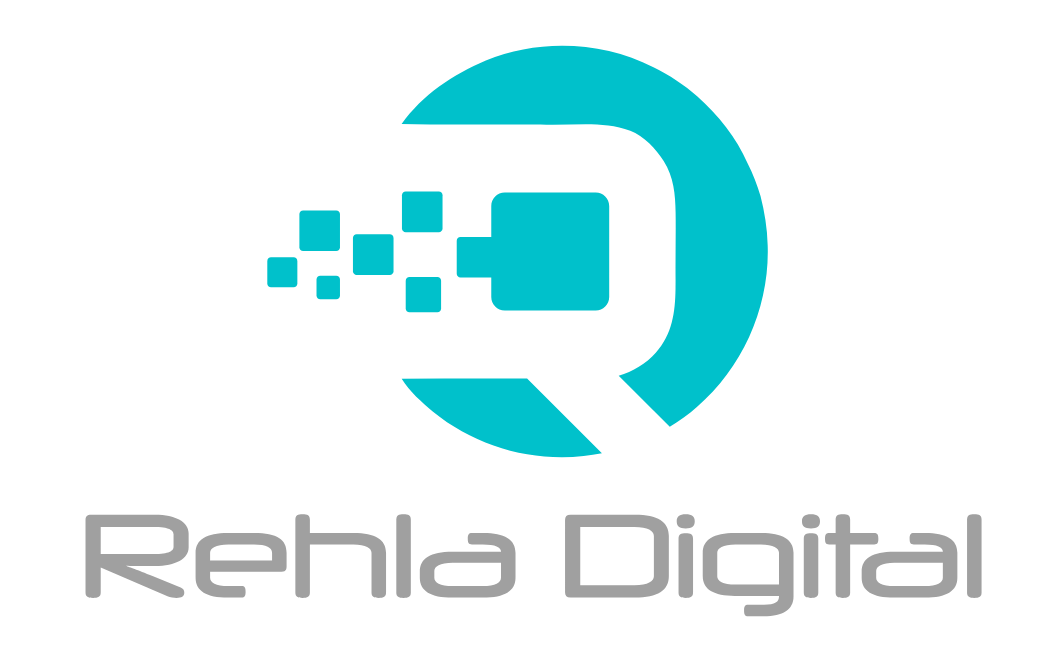Data Analytics vs. Data Science: Key Differences and Overlaps
In today’s data-driven world, the terms “data analytics” and “data science” are often used interchangeably. However, while they share some similarities, they are distinct fields with unique roles, tools, and methodologies. Understanding these differences is crucial for businesses and professionals looking to leverage data for strategic decision-making.
Defining Data Analytics and Data Science
Data Analytics is the process of examining datasets to draw conclusions about the information they contain. It involves various techniques and tools to extract useful insights, identify patterns, and support decision-making. Data analytics is often used to answer specific questions, solve problems, and optimize processes within an organization.
Data Science, on the other hand, is a broader field that encompasses various techniques, processes, algorithms, and systems to extract knowledge and insights from structured and unstructured data. It combines aspects of statistics, computer science, and domain expertise. Data science often involves creating predictive models and machine learning algorithms to forecast future trends and behaviors.

Key Differences
- Scope and Focus
- Data Analytics: Primarily focuses on analyzing historical data to understand what has happened in the past. It aims to provide actionable insights that can help improve business operations and decision-making.
- Data Science: Goes beyond historical data analysis to predict future trends and patterns. It often involves building complex models and algorithms to uncover deeper insights and relationships within the data.
- Tools and Techniques
- Data Analytics: Common tools include SQL, Excel, Tableau, Power BI, and various statistical software packages. Techniques used in data analytics include descriptive analytics, diagnostic analytics, and inferential statistics.
- Data Science: Utilizes a wider range of tools and programming languages, such as Python, R, Hadoop, and Spark. Techniques include machine learning, artificial intelligence, deep learning, and natural language processing.
- Skill Sets
- Data Analysts: Typically possess strong skills in statistical analysis, data visualization, and data management. They are proficient in using analytical tools and software to interpret data and generate reports.
- Data Scientists: Require a more diverse skill set that includes programming, statistical modeling, machine learning, and domain-specific knowledge. They are adept at building and deploying data models and algorithms.
- Outcomes and Deliverables
- Data Analytics: Provides insights and recommendations based on historical data analysis. The outcomes are usually in the form of reports, dashboards, and visualizations that help stakeholders make informed decisions.
- Data Science: Delivers predictive models, machine learning algorithms, and data-driven solutions that can automate processes and drive innovation. The outcomes often include prototypes, deployed models, and decision-support systems.

Overlaps and Collaboration
Despite their differences, data analytics and data science often overlap and complement each other. For instance, data analysts might use data science techniques to enhance their analyses, while data scientists might rely on data analytics to validate their models and hypotheses. Collaboration between data analysts and data scientists can lead to more robust and comprehensive data-driven solutions.
While data analytics and data science are distinct fields, they both play crucial roles in unlocking the value of data. Data analytics helps organizations understand and optimize their past and present operations, while data science enables them to predict and shape their future. By understanding the differences and synergies between these fields, businesses can better leverage their data assets to drive growth and innovation.

